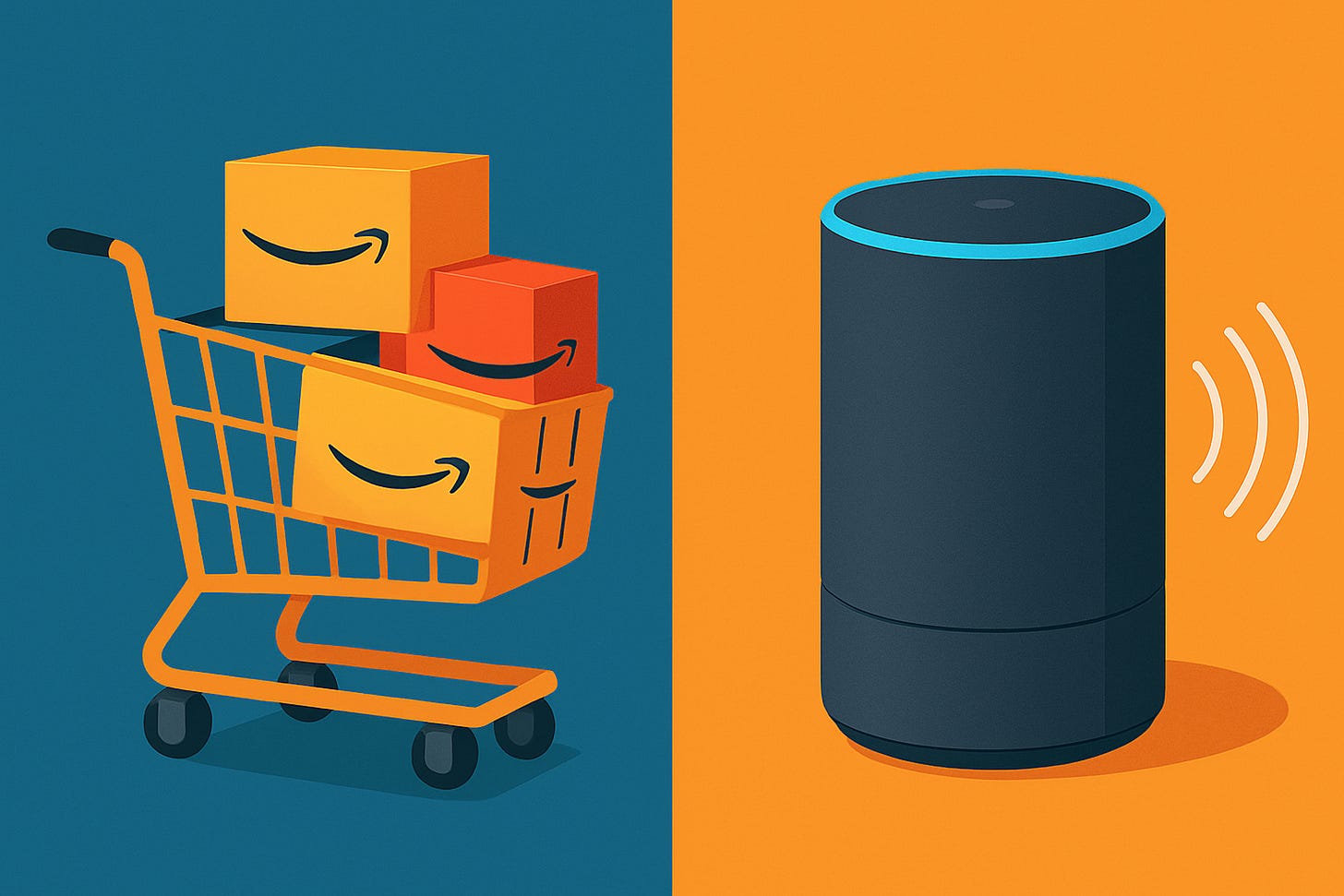Hypothesis-Driven Development: How Amazon & Duolingo Innovate with Data-Backed Experiments
See how global leaders use the scientific method to build features users love—without wasting resources. Explore practical strategies and real stories you can apply today.
What Is Hypothesis-Driven Development?
Hypothesis-Driven Development (HDD) transforms product and software innovation into a series of scientific experiments.
Instead of relying on opinions or guesswork, teams use clear, testable statements (“hypotheses”) that predict the impact of a proposed change on real user behavior.
By launching focused experiments and carefully measuring the results, companies like Amazon and Duolingo minimize risk and continually discover what truly works.
This is like turning ordinary development into a lab, where every new feature is tested for value before scaling up—ensuring smart investments and delighted customers.
The Hypothesis-Driven Development Cycle
Frame the Hypothesis:
Start with a clear, testable statement based on a user problem. (“We believe <change> will result in <outcome> because <reason>.”)Design the Experiment:
Set up a targeted test—usually with A/B testing or controlled user groups.For Amazon, this could be a new recommendation algorithm, for Duolingo, a lesson format tweak.
Run the Experiment:
Expose the change to a limited user segment, collect both quantitative (e.g. conversion rates, retention metrics) and qualitative (e.g. feedback surveys) data.Analyze and Learn:
Check if results support or disprove the hypothesis. If validated, scale up the change. If not, refine the hypothesis or experiment.Repeat:
Continuously iterate, learning from each cycle to build features users genuinely want and need.
How Amazon Uses Hypothesis-Driven Development?
At Amazon, HDD is integral to rapid innovation. Amazon famously releases code as often as every 11 seconds, but not blindly: every update is guided by a hypothesis about how it will improve user experience or business outcomes.
Example: Amazon Alexa’s Early Days
When developing Alexa, Amazon hypothesized that “voice assistants will be useful if they accurately respond to natural questions.”
Instead of building the full-featured Alexa from the start, they used the “Wizard of Oz” testing method—where a human (not a real algorithm) responded to user queries behind the scenes.
By testing user reactions and gathering feedback, the team learned what people wanted and refined their product before making huge technical investments.
Example: Product Recommendations
Suppose Amazon wants to test “If we personalize home page recommendations, users will purchase more.”
They roll out personalized recommendations to a subset of users, measure sales and engagement, and analyze whether the hypothesis holds.
Only if data supports it do they expand to all users—ensuring proven value drives investment.
Duolingo: Language Learning Powered by HDD
Duolingo, the world’s most popular language-learning app, applies hypothesis-driven development at every step to boost retention and engagement.
Example: Lesson Length Experiment
Duolingo’s product team may start with a hypothesis: “Shorter, bite-sized lessons will improve daily user retention because learners find them less intimidating.”
Instead of forcing the change onto everyone, they run A/B tests: one group gets shorter lessons, another retains the old format. They track daily return rates, progress speed, and user feedback.
If more users stick with the shorter lessons, the hypothesis is validated and Duolingo can confidently roll out the change for all users.
If not, they refine the lesson structure or try a new hypothesis (like more gamification elements).
Example: Motivational Features
Let’s say Duolingo believes “Adding motivational notifications will help users meet their goals.”
They test this idea with a small group, sending encouraging messages when users miss a day.
If engagement spikes, it suggests this feature truly helps users build learning habits.
Why HDD Works: Key Benefits
Maximizes Learning Speed: Every release tests a specific hypothesis, compressing the learning cycle and providing rapid, actionable insights.
Reduces Waste: No building for building’s sake—a feature rolls out only if user value is validated, saving development time and effort.
Empowers Teams: Cross-functional collaboration is encouraged, with designers, engineers, and product managers all involved in generating and testing ideas.
Aligns with Business Goals: Experiments are designed to track business outcomes (engagement, retention, conversion), not just technical success, making HDD highly relevant in business-focused organizations like Netflix and Spotify.
Mitigates Risk: By releasing MVPs and iteratively improving them based on real user feedback, HDD avoids costly flops and misaligned features.
Comparison: HDD vs. Traditional Development
Making HDD Work for You
Start Small: Test bold ideas quickly with MVPs, get real user reactions.
Measure What Matters: Use meaningful metrics that map to your business goals (not vanity stats).
Embrace Failure: Each disproved hypothesis brings you closer to what works—learning is the point!
Foster Collaboration: Involve your entire team in formulating hypotheses and analyzing results.
Continue the Loop: Use results to refine future hypotheses, keeping innovation flowing.
Summary
Hypothesis-Driven Development is proven at giants like Amazon and Duolingo. It’s engineering with a scientific edge: formulating bold ideas, rapidly testing them, and letting user data decide what’s worth building next. HDD makes every sprint count—so your resources go to the features users really want.
Ready to turn your roadmap into a results-driven adventure?
Start with a hypothesis, run experiments, and build with confidence—just like Amazon and Duolingo.
If this piece made you pause, reflect, or even jot something down for later, that’s the kind of work I love creating.
And if you’d like to keep the conversation going, you’ll always find me on LinkedIn.
Thank you for reading :)





